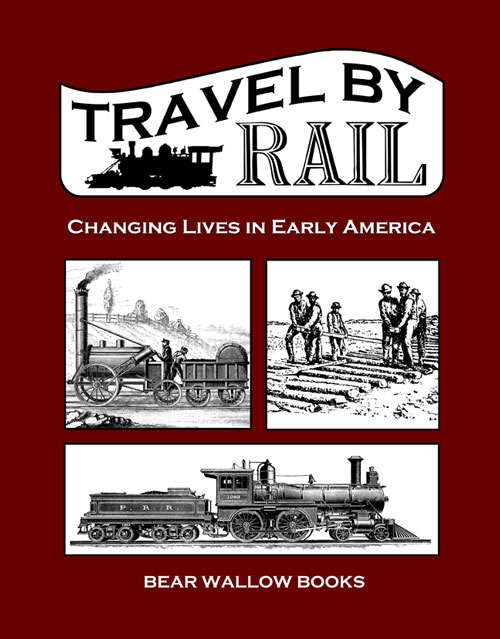About Our Books
Bear Wallow Books has been preserving and sharing our American food heritage since 1978 through our Old-Fashioned Recipe Series—a collection of small-format books (5½″ × 8½″) filled with authentic recipes from the 18th, 19th, and early 20th centuries. All recipes are tested for modern kitchens—only the tastiest and most approachable make the cut. These durable and affordable books (retail $5.50–$7.50) are perfect gifts & souvenirs, impulse buys, and in displays. Find the titles that work as souvenirs of the region or season, then add in titles that always sell well; Bread, Cake & Cheesecake, Apple, etc. Display on a stand in your book section or near the checkout - the price point makes them a no-brainer for your customer. Made for card racks—their size and design make them easy to merchandise just like greeting cards. Our customers tell us that people often buy several at a time.
Each title features:
✅ Easy-to-follow adaptations of historical recipes
🎨 Vintage-style black-and-white art plus colorful covers
🏷️ Low minimums & mix-and-match ordering
📚 Many titles to choose from—covering regional and seasonal themes
Changing Lives in Early America
Changing Lives in Early America are books in a newer series, offering a user-friendly approach to history, appropriate for readers from middle-school to adult. Changing Lives in Early America books are 8 ½" x 11”, 44-48 pages, with art on almost every page. Each includes a time-line and a bibliography. The comments we hear most often are “I was surprised to learn…” and “it was so interesting!”
Travel by Rail: Changing Lives in Early America
Offering a brief history of the building of the railroads, with stories and art from 19th century sources. Some of the stories are surprising or amusing, but all of them are real. Many Americans whose families came to the United States before World War II, have ancestors who worked on the railroad. Whether great grandpa was a track-layer, brakeman, carpenter or postal clerk, he contributed to the transportation system that would change life for everyone.
Imagine spending weeks or months crossing the continent in a covered wagon or stage coach, knowing you are unlikely to see family or friends in the east ever again. If you were lucky, you received a letter long after it was written, or met someone from back home who could satisfy your craving for news. The railroad changed everything. People, information and goods could be moved over long distances at a much greater speed.
Travel by Water: Changing Lives in Early America
Over time, modes of travel and needs change. This book explores the history of travel and waterways, immigration and war, communication and trade. In Travel by Water, we learn about boats used by Native Americans in daily life, for transportation, hunting and fishing. And about navigation and ships, bringing explorers and immigrants. Traveling over water changed lives in early America. Learn about our fascinating history through stories and illustrations.





